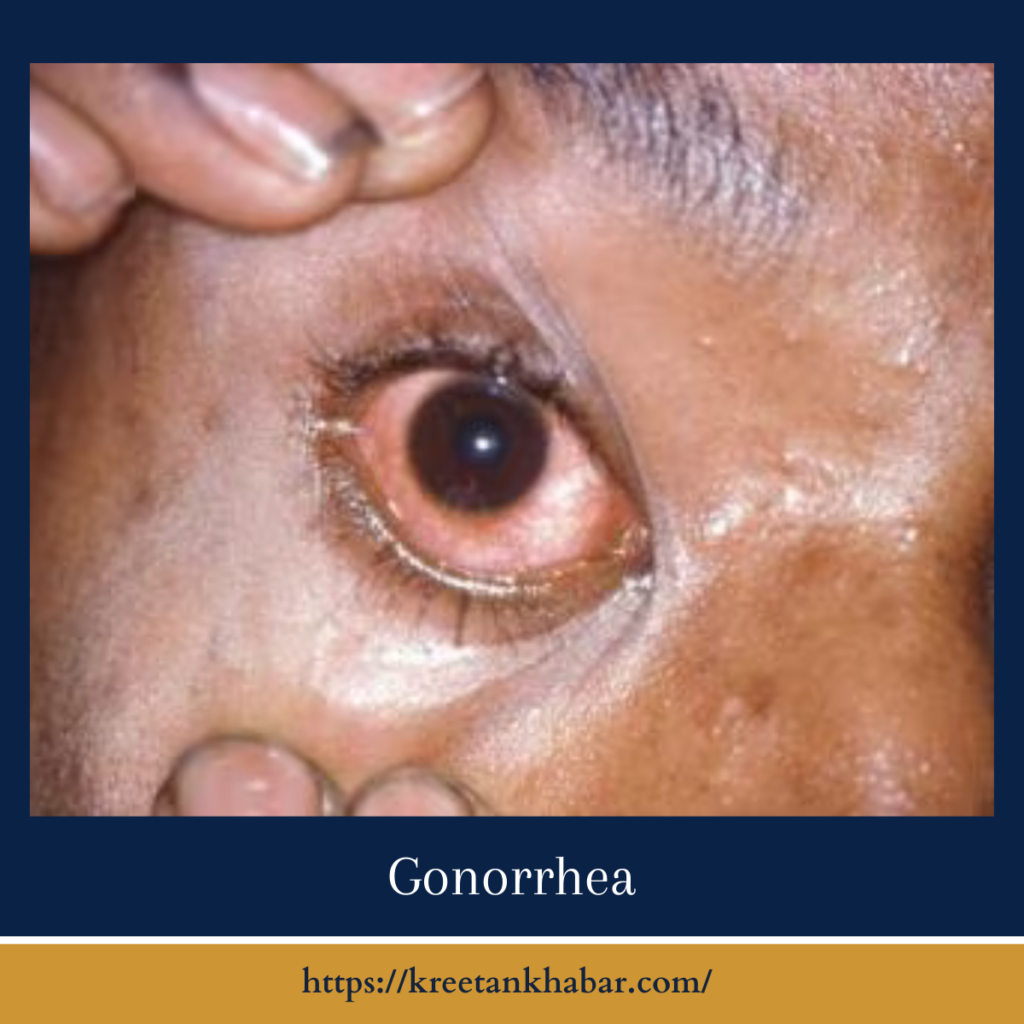Gonorrhea: Symptoms, Treatment, and Prevention
Gonorrhea, often referred to as “the clap,” is a sexually transmitted infection (STI) caused by the bacterium Neisseria gonorrhoeae. It’s one of the most common STIs globally, affecting millions of people each year. Despite its prevalence, clap remains a significant public health concern due to its potential complications if left untreated.

Symptoms:
Gonorrhea can manifest differently in men and women. In many cases, individuals infected with clap may not display any symptoms, which increases the risk of unknowingly spreading the infection. When symptoms do occur, they typically appear within two to 14 days after exposure and may include:
Men:
- Pain or burning sensation when urinating
- White, yellow, or green discharge from the penis
- Painful or swollen testicles
Women:
- Increased vaginal discharge
- Painful urination
- Vaginal bleeding between periods
- Abdominal pain
Diagnosis:
Diagnosing gonorrhea often involves a combination of medical history, physical examination, and laboratory tests. Healthcare providers may collect samples from the urethra (in men) or cervix (in women) for laboratory analysis to confirm the presence of the bacteria.
Treatment:
Gonorrhea is typically treated with antibiotics. However, the rise of antibiotic-resistant strains of Neisseria gonorrhoeae has become a growing concern, complicating treatment efforts. Healthcare providers may prescribe a combination of antibiotics to effectively treat the infection.
Complications:
If left untreated, gonorrhea can lead to serious health complications. In women, untreated clap can cause pelvic inflammatory disease (PID), which may result in chronic pelvic pain, ectopic pregnancy, or infertility. In men, complications may include epididymitis, a painful condition affecting the tubes that carry sperm. Additionally, gonorrhea can increase the risk of contracting or transmitting HIV.
Prevention:
Preventing gonorrhea involves practicing safe sex. Using condoms consistently and correctly during vaginal, anal, and oral sex can significantly reduce the risk of contracting or spreading the infection. Limiting sexual partners and being aware of your partner’s sexual history are also essential preventive measures. Regular screening for STIs, especially for individuals at higher risk, can help detect infections early and prevent complications.
- Comprehensive Sex Education: Providing comprehensive sex education programs that emphasize accurate information about STIs, including clap, can empower individuals to make informed decisions about their sexual health. Education should cover topics such as condom use, communication with partners, and the importance of regular testing.
- Promotion of Condom Use: Consistent and correct use of condoms during sexual activity remains one of the most effective methods for preventing clap and other STIs. Educating individuals on proper condom use, including how to correctly put on and dispose of condoms, can significantly reduce the risk of transmission.
- Access to Barrier Methods: In addition to male condoms, promoting the use of other barrier methods such as female condoms and dental dams can offer additional protection against gonorrhea, especially during oral and anal sex. Ensuring access to a variety of barrier methods empowers individuals to choose the option that best suits their needs and preferences.
- Regular STI Testing: Encouraging individuals, especially those who are sexually active or at higher risk, to undergo regular STI testing is essential for early detection and treatment of gonorrhea. Routine screening allows for prompt identification of infections, reducing the risk of complications and onward transmission.
- Partner Communication and Disclosure: Open and honest communication with sexual partners about STI status, testing history, and safer sex practices is crucial for preventing the spread of gonorrhea. Encouraging individuals to have these conversations before engaging in sexual activity promotes mutual trust and responsibility for sexual health.
- Limiting Sexual Partners: Limiting the number of sexual partners and engaging in monogamous relationships can reduce the risk of clap transmission. Encouraging individuals to choose partners wisely and to discuss STI testing and prevention methods can help create a safer sexual environment.
- Pre-Exposure Prophylaxis (PrEP): For individuals at high risk of acquiring clap , such as those with multiple sexual partners or individuals in serodiscordant relationships, pre-exposure prophylaxis (PrEP) may be considered. PrEP involves taking a daily medication (e.g., Truvada) to reduce the risk of acquiring HIV, but it may also offer some protection against gonorrhea and other STIs.
- Community-Based Interventions: Implementing community-based interventions, such as outreach programs, peer education initiatives, and STI clinics, can improve access to STI prevention resources and services. Engaging with communities most affected by clap and tailoring interventions to their specific needs and preferences enhances effectiveness and reach.
- Screening and Treatment of Sexual Partners: Encouraging individuals diagnosed with clap to notify and encourage their sexual partners to seek testing and treatment is essential for preventing further transmission. Offering expedited partner therapy (EPT) where legally permissible can ensure partners receive prompt treatment, even if they are unable to visit a healthcare provider themselves.
- Addressing Socioeconomic Factors: Addressing underlying socioeconomic factors such as poverty, unemployment, and lack of access to healthcare can help reduce disparities in gonorrhea prevalence and improve overall sexual health outcomes. Providing resources and support to underserved communities can empower individuals to take control of their sexual health and reduce the burden of gonorrhea and other STIs.
Conclusion:
Gonorrhea is a common and easily transmitted STI that can have serious health consequences if left untreated. Recognizing the symptoms, seeking timely medical care, and practicing safe sex are crucial steps in preventing the spread of gonorrhea and reducing its impact on individual and public health. By raising awareness, promoting education, and advocating for accessible testing and treatment, we can work towards combating the spread of gonorrhea and improving sexual health outcomes for all.
Read also : Exploring the Delightful Boost of the Green Tea Shot 2023